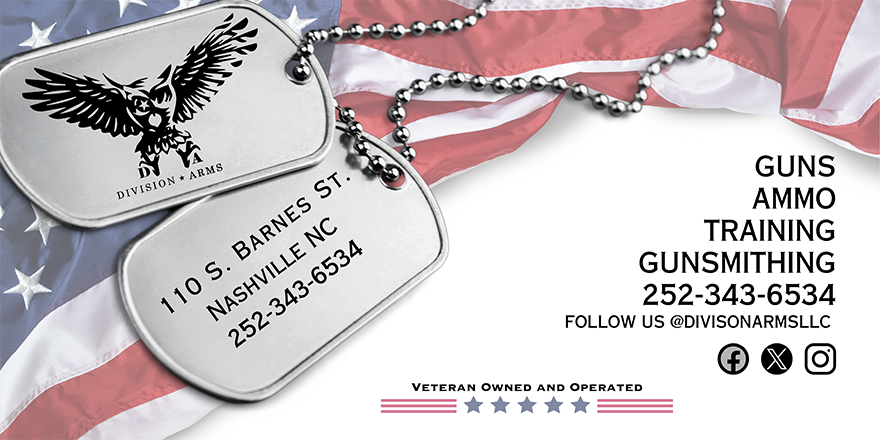Slacker
Liquor and Whores...
Thanks to a very generous gift from a CSF member, I now own a Norcold propane / 120V A.C. refrigerator.
Based on various Google fu queries and utoob vids, it's apparent that venting of the cooling unit is very important to the function.
I intend to use this unit in my hunting camp in the spring, summer and fall.
My idea is to vent the unit at the top, to the outside, either via the eve or a hole in the wall.
I am trying to decide if I can get away with using the interior air as the bottom air supply. The camp is never air tight, always have a window or three open. The interior air is not conditioned, so it will be the same temp as outside or possibly slightly cooler.
I would put a small 12 V fan at the top vent to create a draft.
The fridge would not be used in the winter. Mother nature provides.
Anyone with propane fridge experience? This came from an RV, if it makes any difference.
Based on various Google fu queries and utoob vids, it's apparent that venting of the cooling unit is very important to the function.
I intend to use this unit in my hunting camp in the spring, summer and fall.
My idea is to vent the unit at the top, to the outside, either via the eve or a hole in the wall.
I am trying to decide if I can get away with using the interior air as the bottom air supply. The camp is never air tight, always have a window or three open. The interior air is not conditioned, so it will be the same temp as outside or possibly slightly cooler.
I would put a small 12 V fan at the top vent to create a draft.
The fridge would not be used in the winter. Mother nature provides.
Anyone with propane fridge experience? This came from an RV, if it makes any difference.

